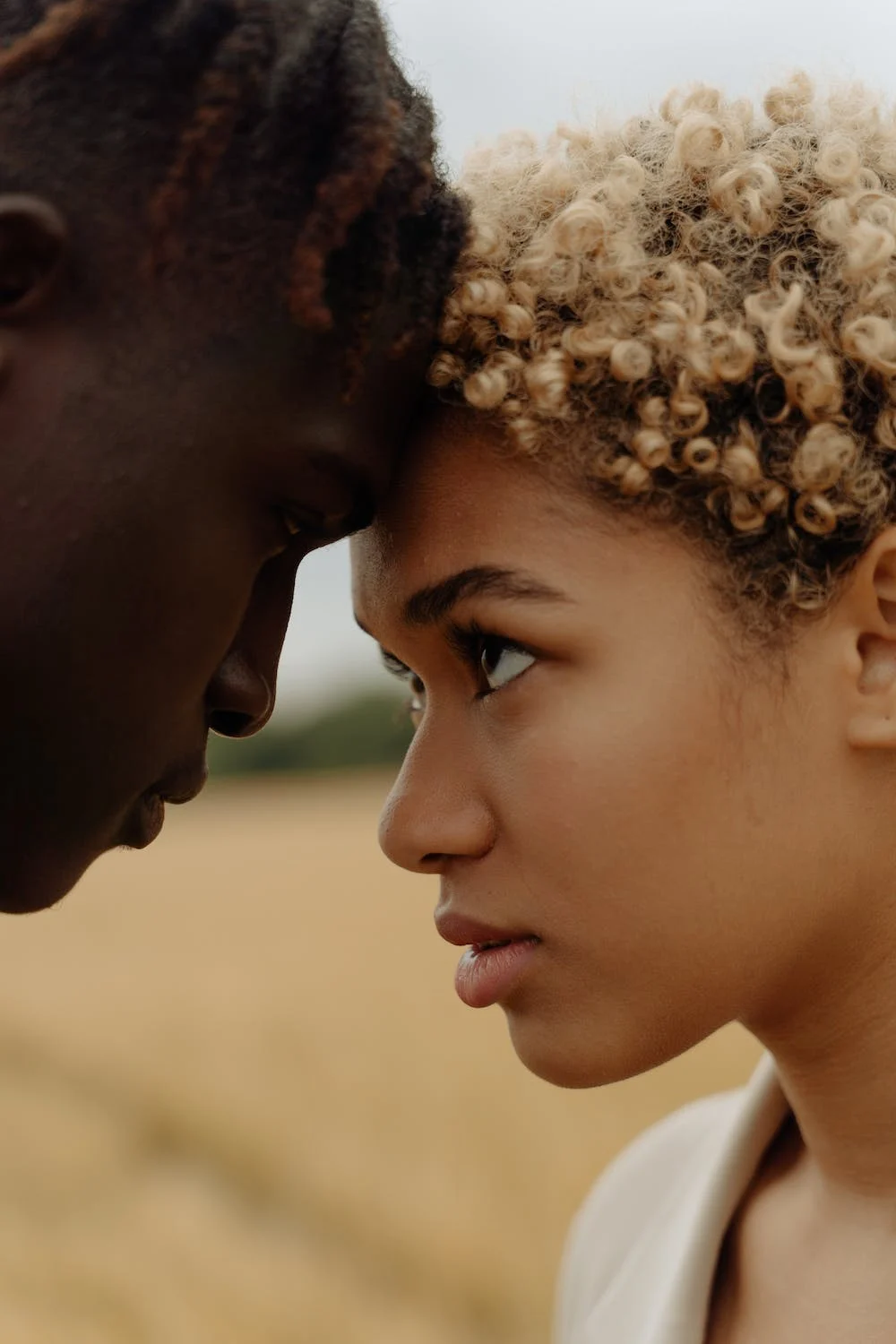Whether it's the subtle curve of a smile, the intensity of a gaze, or the quiet reflection in a pair of eyes, emotions have the power to transcend words and connect us on a deeply human level. For portrait photographers, mastering the art of capturing these fleeting moments of emotion is not just a skill but a profound journey of understanding and expression.
At the core of this art lies the ability to establish a genuine connection with the subject. Building trust and rapport is essential to creating an environment where emotions can flow freely and authentically. As photographers, we must approach each session with empathy, sensitivity, and a willingness to listen—to truly see the person before us and honor their unique story.
Understanding the nuances of body language and facial expressions is essential to capturing emotions effectively. Subtle cues such as the tilt of a head, the placement of hands, or the tension in the shoulders can speak volumes about what lies beneath the surface.
As photographers, we must learn to read these cues and anticipate the moments when emotions are most palpable, ready to be immortalized in pixels or film.
Patience is another virtue that cannot be overstated in the pursuit of emotional portraiture. Emotions are fleeting and unpredictable, often revealing themselves in the most unexpected of moments. By allowing space for spontaneity and embracing the ebb and flow of the session, we create opportunities for genuine emotion to emerge organically.
Post-processing techniques can also be employed to enhance and amplify the emotional impact of a portrait. Whether it's through subtle adjustments to color and contrast or more creative manipulation of light and texture, post-processing offers a means of refining the emotional narrative and guiding the viewer's interpretation of the image.
In the end, mastering the art of capturing emotions in portraits is not just about technical prowess or artistic vision—it's about empathy, connection, and a deep reverence for the human experience.







